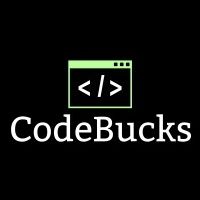Audio Presented by

Helping you to learn code! here you'll find tutorials around web development. Keep Coding...😜
About Author
Helping you to learn code! here you'll find tutorials around web development. Keep Coding...😜

Helping you to learn code! here you'll find tutorials around web development. Keep Coding...😜
Helping you to learn code! here you'll find tutorials around web development. Keep Coding...😜